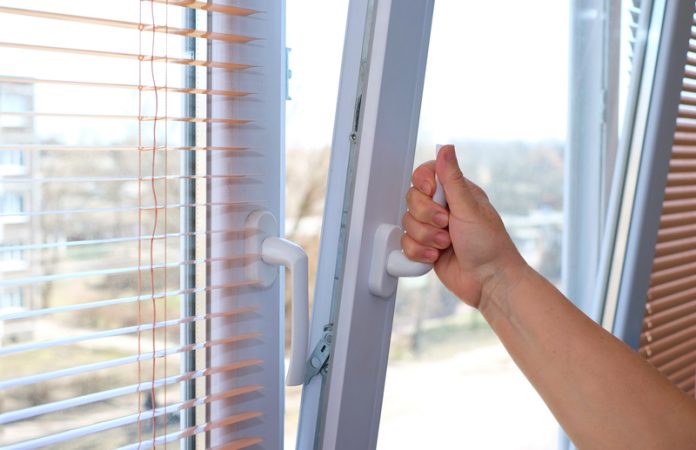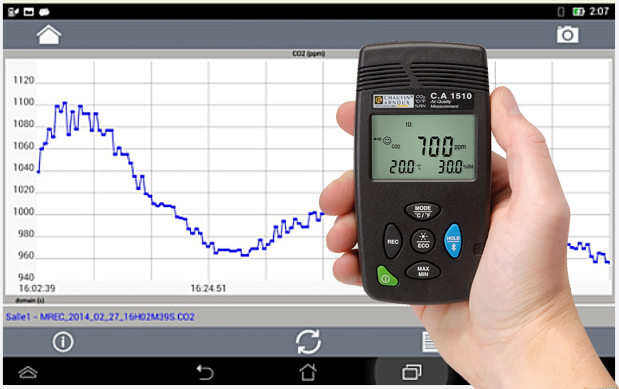Julian Grant, of Chauvin Arnoux, shares some helpful suggestions on how to control heat loss and higher energy bills as a result of increased COVID ventilation
As we are all aware by now, COVID-19 is highly transmittable via aerosols that we expel as breathe, speak, cough or sneeze. While the two-metre social distancing rule helps to reduce the risks associated with infection via aerosols it remains a particular problem indoors.
Outside there is usually enough wind to quickly disperse aerosols, but inside, the amount of air movement is often minimal and people tend to be closer together. For these reasons, many authorities recommend that levels of ventilation are increased, particularly in public buildings like schools, colleges and medical facilities.
Energy bills
However, this can cause issues with heat loss and increased energy bills in order to keep the occupants of those buildings comfortable and maintain reasonable temperatures. On a cold day, heating a room that has all of the doors and windows open can be somewhat costly! Which raises the question of how much ventilation is enough to minimise the risk of COVID-19 transmission without leading to unaffordable energy bills?
CO2 concentration
Studies carried out by two scientists, Anna Hartmann and Martin Krieger, working in the Hermann Rietschel Institute at the Technical University of Berlin, have shown that CO2 concentration is a good indicator of the effectiveness of ventilation. They note that “with high rates of air exchange, both low CO2 concentrations and low aerosol concentrations can be achieved. The lower the aerosol concentration, the lower the dose of aerosols that a person in the room inhales and, therefore, the lower the risk of infection.” This implies that measuring the CO2 concentration in the room gives a useful, albeit indirect, indication of the aerosol concentration.
Devices for measuring CO2 concentration are readily available and the C.A.1510 indoor air quality monitor from Chauvin Arnoux is an excellent example. This can measure and record not only CO2 concentration, but also relative humidity and temperature, two other factors that have a critical bearing on comfort levels within a room. As well as providing instantaneous readings, this versatile device also has a data logging function. This makes it possible to examine measurements over a period of time to see, for example, if there was ever any point where acceptable CO2 concentrations were exceeded.
But what is an ‘acceptable’ CO2 concentration?
In normal times, it is usually considered desirable not to exceed 1,000 parts-per-million (ppm) and it would seem reasonable to adopt this figure as a guide for the Covid-19 era. Higher concentrations suggest the need for additional ventilation, while lower concentrations are both welcome and desirable provided that they can be achieved, along with reasonable temperatures, without the exorbitant use of energy.
In cases where the measurements indicate that it is desirable to improve ventilation, the German research offers suggestions about how best this can be achieved. It finds that the very common method of simply opening windows and doors more or less at random is ineffective and likely to lead to energy wastage by unnecessarily cooling walls and furniture. In contrast, adopting a strategy of “cross ventilation” where windows on the opposite sides of a room are opened to create a cross draft not only aids faster air exchange, with consequent rapid reductions in CO2 and aerosol levels but also minimises heat loss.
No reputable organisation would want to compromise the health of those working in or using its premises simply to economise on its energy bills. However, in these challenging times, it is arguably more important than ever to keep costs under control.












